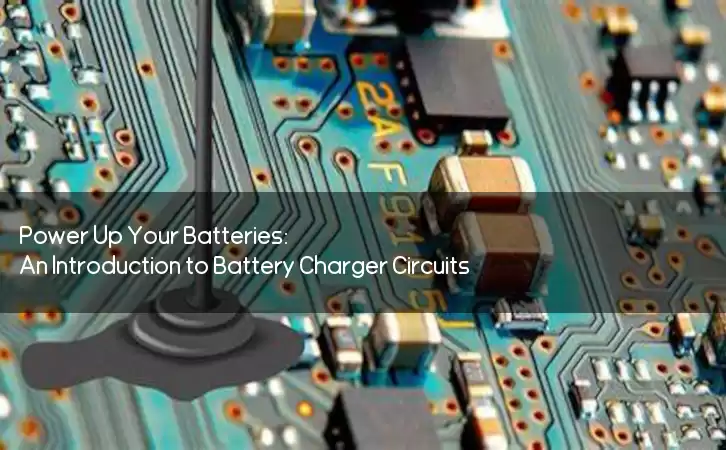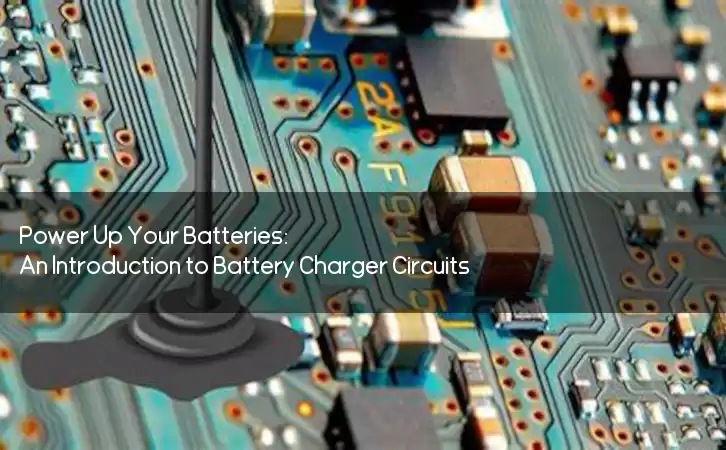Information Center
Power Up Your Batteries: An Introduction to Battery Charger Circuits
Published:2023-05-29 19:40:30 Author:Green WCND Views:91Battery Charger Circuit: An Introduction

A battery charger circuit is an electronic circuit that is used to recharge batteries that have been discharged. It converts AC voltage to DC voltage and regulates the current flow to provide the correct charging rate for the battery.

There are many types of battery charger circuits available, ranging from simple circuits that can be built at home, to sophisticated circuits used in industrial and commercial applications. Regardless of their complexity, all charger circuits must satisfy certain basic requirements.
One of the key parameters for a battery charger circuit is the charging current. This is the current that flows into the battery during the charging process. The charging current should be within the safe range for the battery to prevent damage and ensure a longer life span.
Another important parameter is the charging time. This determines how long the battery needs to be charged to reach full capacity. Charging time also depends on the battery capacity and the charging current.
Most modern charger circuits provide different charging modes for different types of batteries, such as Ni-Cd, Ni-MH, and Li-ion. Each battery type requires a specific charging mode, such as constant current, constant voltage, or pulse charging. These modes ensure the battery is charged in the most efficient and safe manner.
Safety is a critical consideration when designing a battery charger circuit. A good charger circuit should include several safety features, such as temperature monitoring, overcharge protection, and short-circuit protection. These features protect the battery and the charger circuit from damage in the event of a failure.
A battery charger circuit can be designed using different topologies, such as linear, switched-mode, and resonant. Each topology has its advantages and disadvantages. Linear charger circuits are simple and cost-effective, but they are less efficient and generate more heat. Switched-mode charger circuits are more complex, but they are highly efficient and generate less heat.
In conclusion, a battery charger circuit is an essential component of any rechargeable battery system. It is important to select a charger circuit that is compatible with the battery and meets the required parameters for safe and efficient charging. With the right charger circuit, the battery can be charged quickly and safely, ensuring a longer life span and optimal performance.
Power Adapter Design and Customization Guide for Portable Electric KettlesI. Common Design Types for Portable Electric Kettle Power AdaptersPortable electric ke···
I. Common Design Types of Power Adapters External Independent Type (Most Common) Design: A standalone adapter (e.g., "black brick") connected to the p···
Handheld Vacuum Cleaner Power Adapter Selection GuideIntroductionHandheld vacuum cleaners have become a mainstream tool for household cleaning due to their port···
Drill Power Adapter Selection Guide.drill-container { font-family: Arial, sans-serif; line-height: 1.6; max-width: 800px; margin: 0 auto; padding: 20px; } .dril···





